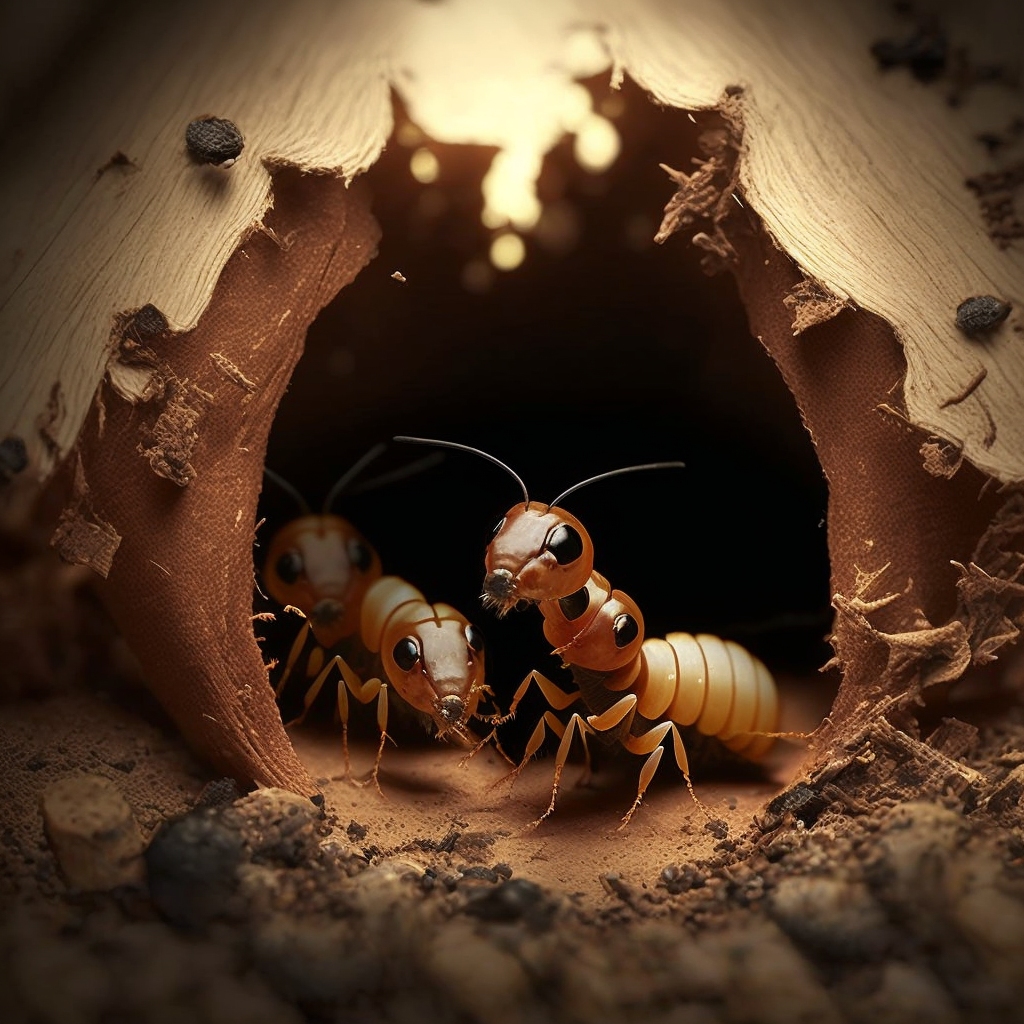Where do Termites Live?
Termites are a type of insect that are commonly found in warm, humid environments. They are known for their ability to consume wood and other cellulose-based materials, and they can be found in a variety of habitats around the world. In this article, we will explore the different places where termites live and how they are adapted to thrive in these environments.
Types of Termites
There are more than 2,600 known species of termites, and they can be found on every continent except Antarctica. Termites are divided into three main groups: subterranean, drywood, and dampwood.
Subterranean Termites
Subterranean termites are the most common type of termite and are found in all 50 states of the United States. They live in underground colonies and build intricate tunnel systems to access food sources. Subterranean termites are highly social insects and live in large, organized colonies that can contain hundreds of thousands of individuals.
Drywood Termites
Drywood termites are found in warm, dry regions, including parts of the southern United States, Central America, and the Caribbean. They are able to survive in dry conditions because they can extract moisture from the wood they consume. Drywood termites live and nest inside the wood they consume, and they do not need to access soil for moisture or nutrients.
Dampwood Termites
Dampwood termites are found in humid regions with high rainfall, such as the Pacific Northwest and parts of the tropics. They prefer wood with high moisture content, and they are often found in trees or in wood that has become water-damaged. Dampwood termites do not need to access soil for moisture or nutrients, as they are able to extract these resources from the wood they consume.
Habitats and Nesting Sites
Termites build nests in a variety of locations, depending on the species and their preferred environment.
Subterranean Termites
Subterranean termites build nests in the soil, often near the foundations of buildings or other structures. They construct elaborate tunnel systems to access wood sources, and these tunnels can extend for long distances. Subterranean termites are also known to infest trees, utility poles, and other wooden structures.
Drywood Termites
Drywood termites build nests inside the wood they consume. They do not need to access soil for moisture or nutrients, as they are able to extract these resources from the wood itself. Drywood termites are known to infest structures such as homes, furniture, and other wooden objects.
Dampwood Termites
Dampwood termites build nests in damp or rotting wood, often in trees or logs that have become water-damaged. They do not need to access soil for moisture or nutrients, as they are able to extract these resources from the wood they consume.
Conclusion
Termites are found in a wide variety of habitats around the world, including underground colonies, dry wood, and damp wood. They are highly adapted to their environments and are able to extract moisture and nutrients from the wood they consume. Understanding the different types of termites and their preferred habitats can help homeowners and property managers take preventative measures to protect their structures from termite infestations.



